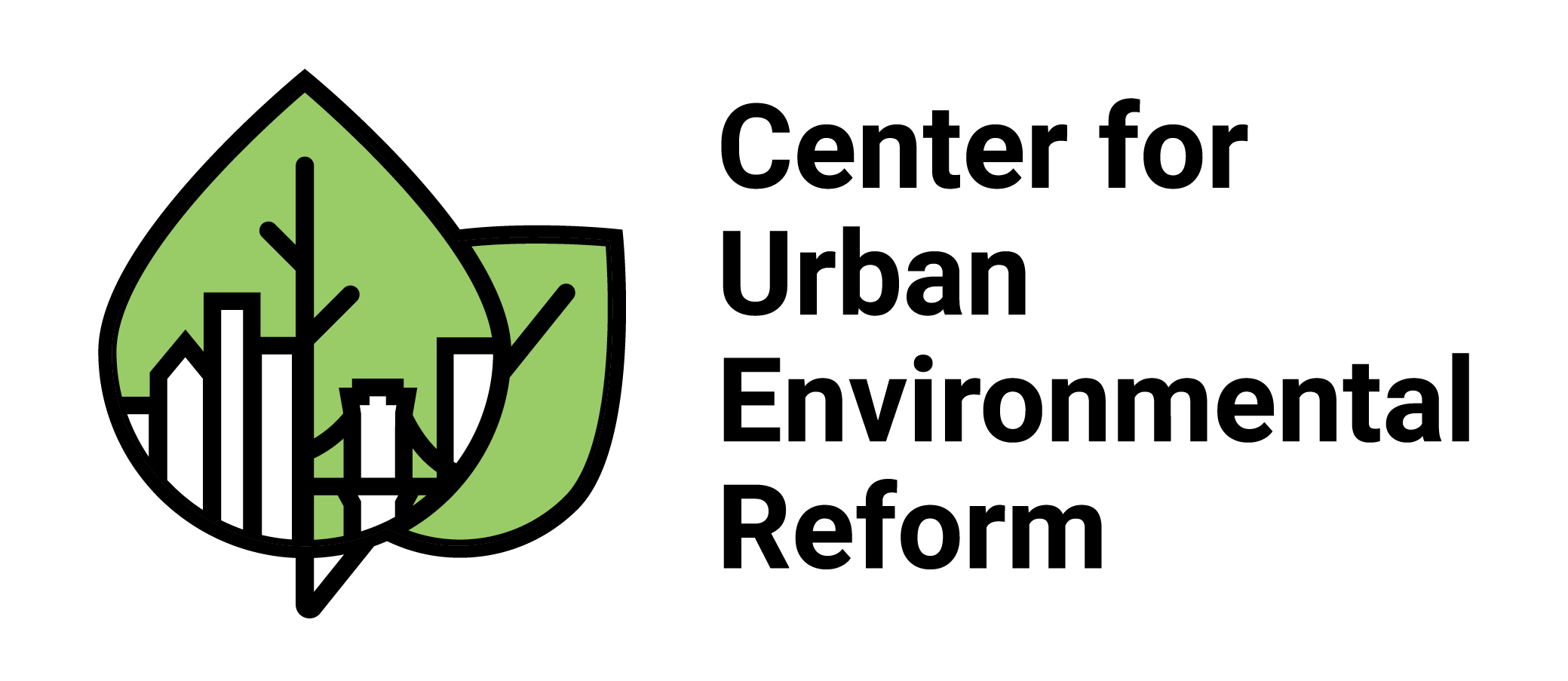Climate Change and HFCs
Last weekend 170 countries met in Kigali, Rwanda to reach a legally binding pack to reduce the use of planet-warming chemicals in efforts to combat climate change. Coral Davenport, Nations, Fighting Powerful Refrigerant That Warms Planet, Reach Landmark Deal. www.nytimes.com (Oct. 15, 2016). The Kaigali Agreement was seven years in the making, and John Kerry referred to the deal as, “The single most important step we could take at this moment to limit the warming of our planet.” Id. The accord is actually an amendment to the Montreal Protocol that banned chlorofluorocarbons, which were depleting the ozone layer. Id. Now the agreement has expanded to cut coolants called hydrofluorocarbons used in air-conditioners and refrigerators. Id. HFCs are an extreme version of carbon dioxide, with 1,000 times the heat-trapping ability. Id.
What makes this agreement different (and hopefully more successful) is that it includes specific targets and timetables to replace HFCs with more environmentally conscious alternatives. Id. Countries will be tracked into different categories with dates of when they must stop the production of HFCs. Id. The richest countries, including the U.S., will stop production and consumption by 2018, while the rest of the world will freeze HFC use by 2024. Id. The deal also created trade sanctions to punish countries that didn’t abide by the accord, and an agreement by rich countries to help finance poorer countries with the transition. Id. These efforts are expected to lead to a reduction equivalent to two times the amount of carbon pollution produced annually, and continue to add momentum in the fight against climate change. Id.

